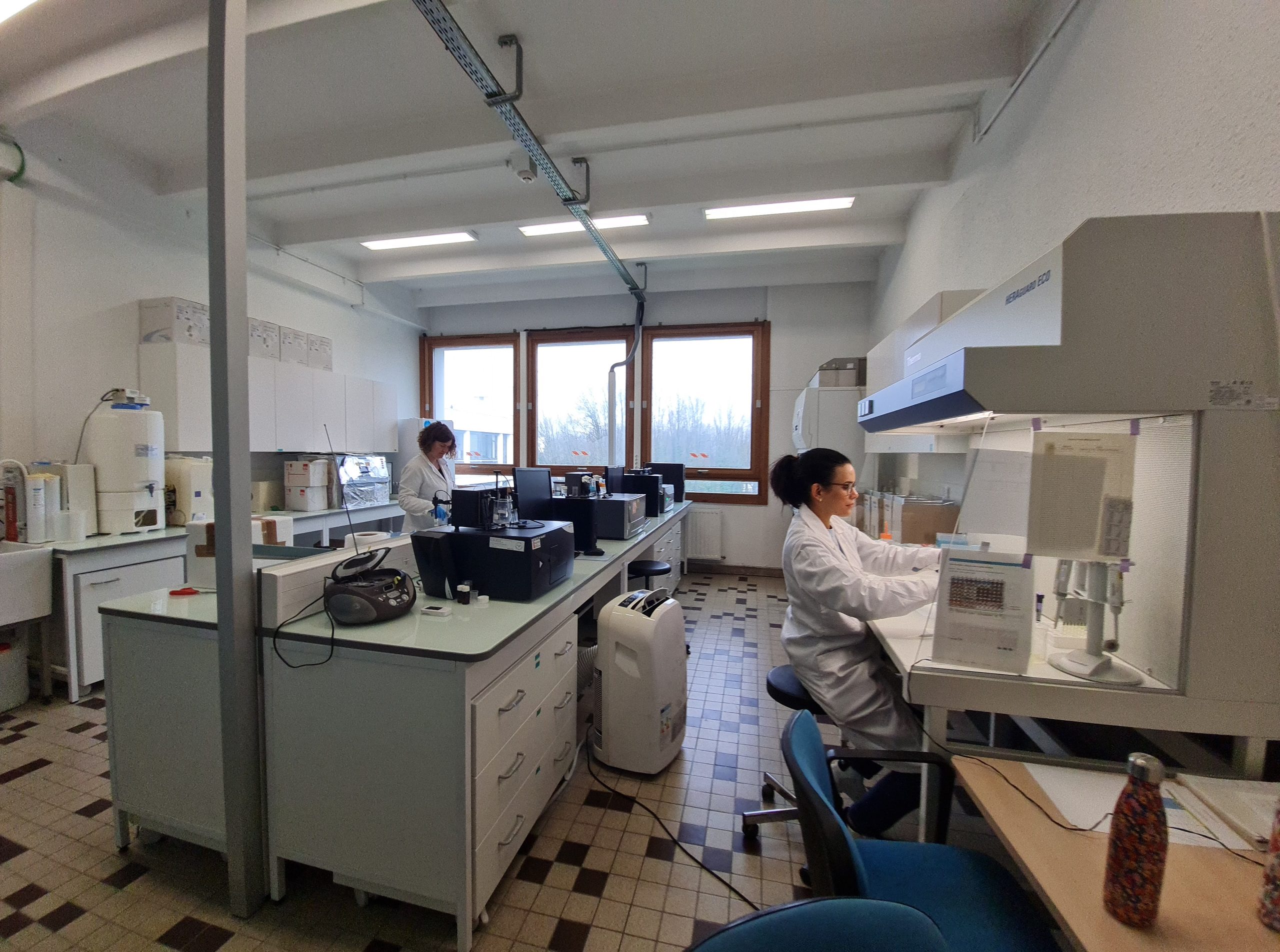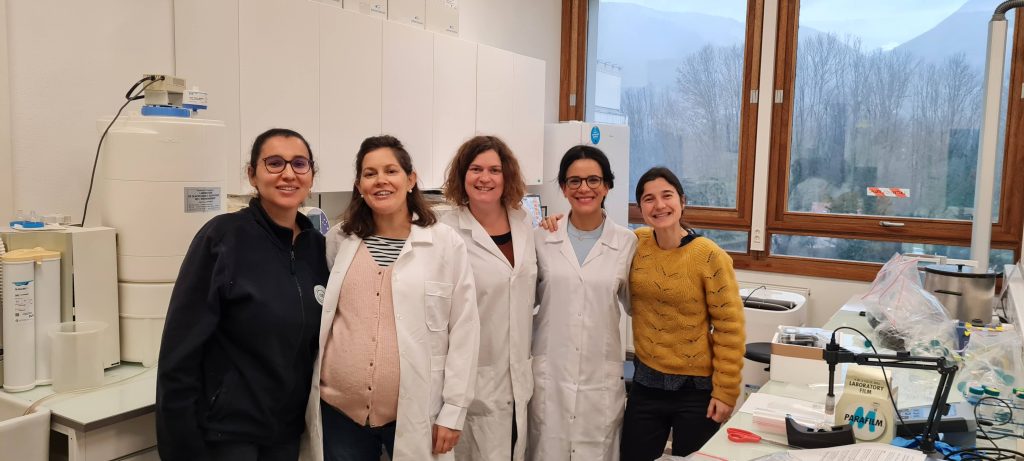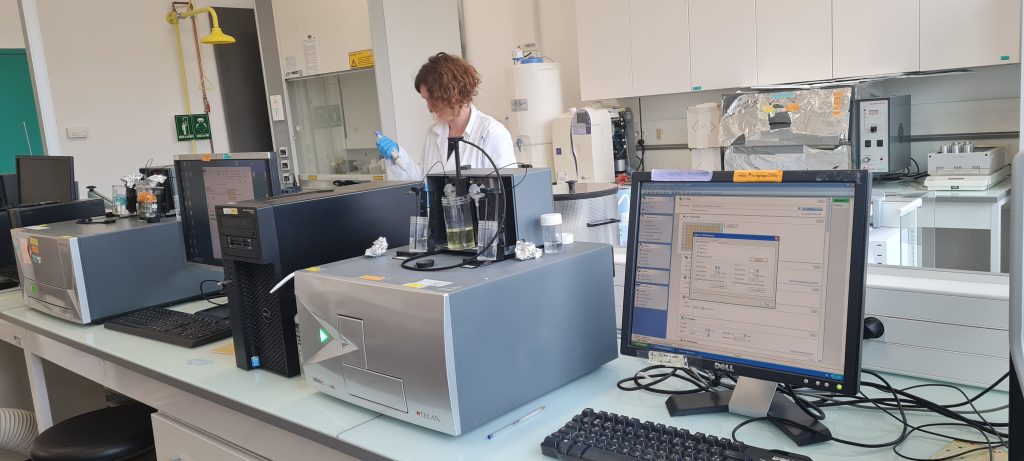
RI-URBANS launches the intercomparison of oxidative potential protocols
- The objective is to harmonise the measurements of most health-relevant oxidative potential protocols and evaluate their potential to assess the toxicological effects of PM10 and PM2.5
- A total of 18 groups from Europe, the USA, and Canada participate in the evaluation
RI-URBANS has launched the intercomparison of protocols for most health-relevant oxidative potential assays among various research groups to harmonise its measurements.
The objective is to evaluate if oxidative potential can be an additional metric to assess the potential toxicological effects of PM10 and PM2.5, in relation to particulate matter components and their source contributions.
“It’s a first harmonization step needed to properly assess the relevance of oxidative potential to human health”, explains french researcher Gaëlle Uzu, leader of the task (CNRS/IRD).

The CNRS/IRD research team has carried out the intercomparison protocol. From left to right: Rhabira El Azzouzi (engineer), Pamela Dominutti (post-doc RI-URBANS), Camille Rak (assistant engineer), Takoua Madhbi (engineer), Gaëlle Uzu (research director). Source: Gaëlle Uzu.
Mass is not an unequivocal metric for the health impact of particulate matter and additional parameters are needed to describe associated toxicity.
One key parameter that drives particulate matter toxicity is its capacity to carry or induce reactive oxygen species (ROS) in the lung, disrupting its natural redox balance and causing inflammatory effects. The oxidative potential of aerosols can be defined as the capacity of particulate matter for generating reactive oxygen species in vivo.
There are several available methodologies of oxidative potential (dithiothreitol, ascorbic acid, glutathione, among others), but they do not always correlate well with each other, as they are driven by different oxidizing species, as are our different lung anti-oxidant categories.
In this protocol, the measurements will be intercompared for the most common oxidative potential assay.
To accomplish this task, Gaëlle Uzu’s team, from the French National Research Institute for Sustainable Development (CNRS/IRD), has sent the samples and reactants to the participating groups today. From the data of receipt, the results can be sent back within one month to avoid ageing processes.
The intercomparison of oxidative potential relies on:
Anonymous and authoritative data treatment will be done by the Joint Research Center (JRC) in the spring, and it is estimated that results will be released in September 2023.

The technician Camille Rak performing homogenisation tests to check the stability of the samples before shipment. Source: Gaëlle Uzu
